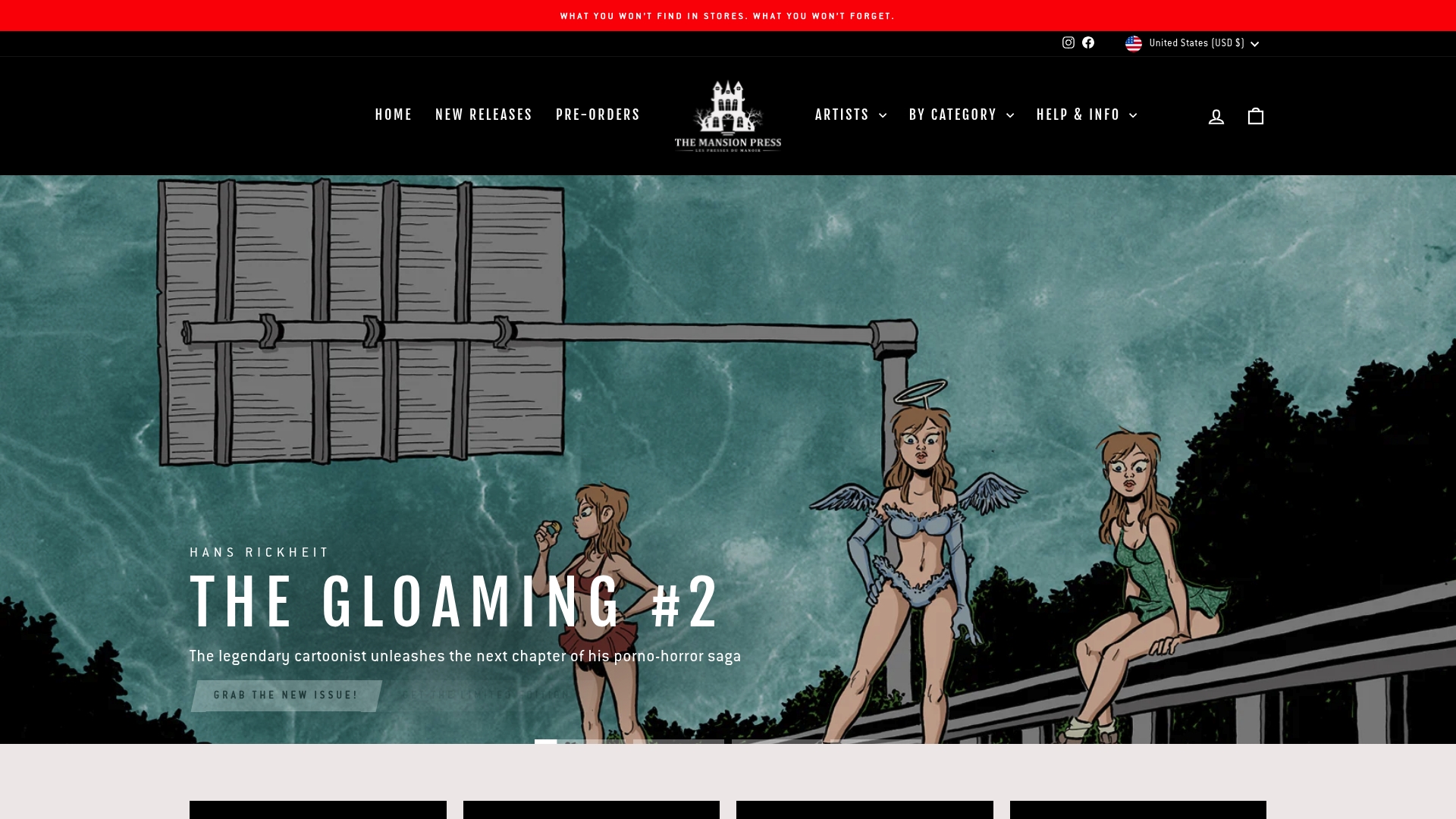Complete Guide to Why Collect Limited Editions
Over 70 percent of fine art buyers consider limited editions a gateway to meaningful collecting. These rare pieces offer more than just visual appeal. They hold the promise of scarcity and authenticity, attracting both new enthusiasts and seasoned investors. Whether you aim for long-term value or want to own a unique slice of creativity, understanding limited editions unlocks a world where art becomes both passion and smart investment.
Table of Contents
- Defining Limited Editions In Art Collecting
- Types Of Limited Editions And Their Value
- Rarity, Authenticity, And Artist Intent
- Investment Potential And Market Trends
- Common Pitfalls And How To Avoid Them
Key Takeaways
| Point | Details |
|---|---|
| Understanding Limited Editions | Limited editions are unique, numbered artworks that provide collectors with a sense of rarity and potential investment value. |
| Key Value Determinants | Factors such as artist reputation, rarity, and production quality significantly influence the value of limited editions. |
| Investment Considerations | Successful investment in limited editions requires awareness of market trends, historical context, and the artist’s standing in the art community. |
| Avoiding Common Pitfalls | Collectors should verify authenticity, conduct thorough research, and avoid impulsive purchasing to make informed decisions. |
Defining Limited Editions in Art Collecting
In the intricate world of art collecting, limited editions represent a unique and coveted category of artworks that bridge the gap between original pieces and mass-produced prints. According to the International League of Antiquarian Booksellers, a limited edition is a carefully controlled set of artworks produced from a single source, typically signed and numbered directly by the artist to ensure transparency and create market scarcity.
What makes limited editions so compelling is their inherent exclusivity. Unlike open edition prints that can be reproduced endlessly, these special artworks are intentionally restricted in their total production numbers. Artists and publishers will often establish a predetermined total quantity—such as 50, 100, or 250 pieces—which are then individually numbered. This numbering system (e.g., 3/50 means the third print out of a total 50) provides collectors with a clear understanding of an artwork’s rarity and potential future value.
Collectors are drawn to limited editions for several key reasons. First, they offer accessibility to high-quality art that might otherwise be prohibitively expensive as original works. Second, they provide a sense of ownership in something truly unique, with each numbered piece representing a small slice of artistic history. Top Limited Edition Comics 2025 – Must-See Comparisons further highlights how these special collections can become significant investments, appreciating in value over time as their scarcity increases. Whether you’re an emerging art enthusiast or a seasoned collector, understanding the nuanced world of limited editions opens up exciting possibilities for building a meaningful and potentially valuable art collection.
Types of Limited Editions and Their Value
Limited editions in art collecting come in several distinct categories, each offering unique characteristics and potential value. Numbered editions represent the most traditional form, where each artwork is individually marked with its sequence (like 37/100), providing collectors with a clear sense of rarity and authenticity. These carefully produced works range from fine art prints and lithographs to specialized comic book releases and exclusive artbooks.
The value of limited editions can be dramatically influenced by several key factors. Rarity plays a critical role, with smaller total print runs typically commanding higher prices. Signed editions hold particular allure, especially when signed directly by the artist, which can exponentially increase their market value. Additional value determinants include the artist’s reputation, the artwork’s historical significance, and the quality of production techniques. Why Collect Graphic Novels: Understanding Their Value and Appeal highlights how these nuanced factors contribute to a collectible’s long-term investment potential.
Collectors can explore various limited edition types, including:
- Artist Proofs: Small batch prints reserved for the artist’s personal collection
- Deluxe Editions: Higher quality productions with special materials or packaging
- Commemorative Editions: Special releases marking significant events or anniversaries
- Numbered Prints: Traditionally numbered and often accompanied by a certificate of authenticity
Understanding these distinctions allows collectors to make informed decisions, transforming art collecting from a simple purchase into a strategic investment.
Whether you’re drawn to the aesthetic appeal or potential financial appreciation, limited editions offer a fascinating entry point into the sophisticated world of art collecting.
Rarity, Authenticity, and Artist Intent
In the intricate world of art collecting, rarity, authenticity, and artist intent form the cornerstone of limited edition value. According to Sharp Art Studio, limited editions represent a profound promise from the artist—a commitment that no identical works will be produced, thereby ensuring both rarity and authenticity while reflecting a deliberate creative strategy.
The concept of artist intent goes far beyond mere production numbers. When an artist decides to create a limited edition, they are making a calculated artistic statement. Each limited edition becomes a carefully curated experience, with the artist controlling not just the quantity, but often the production quality, paper type, printing technique, and even the specific distribution channels. Recognizing Original Comic Art: A Collector’s Guide emphasizes how these intentional choices transform a simple print into a deliberate artistic expression.
Authenticity in limited editions is typically verified through several key elements:
- Numbered Certificates: Individual documentation proving the artwork’s unique sequence
- Artist Signatures: Direct validation from the creator
- Provenance Documentation: Detailed records of the artwork’s origin and ownership history
- Unique Printing Techniques: Special production methods that cannot be easily replicated
Collectors who understand these nuanced aspects of limited editions can appreciate them not just as collectible items, but as meaningful artistic statements. By recognizing the intricate balance between rarity, artist intention, and authentic production, you transform art collecting from a mere transaction into a profound dialogue with creativity itself.
Investment Potential and Market Trends
Limited edition art collecting has evolved from a niche hobby to a sophisticated investment strategy that attracts both passionate art enthusiasts and strategic financial investors. The investment potential of limited editions hinges on multiple dynamic factors, including the artist’s reputation, historical significance, and broader market trends in the art world. Understanding Collecting Rare Comics Guide for Enthusiasts illustrates how collectors can navigate these complex market dynamics.
The value appreciation of limited editions is rarely linear, but follows intricate patterns influenced by several key variables. Emerging artists with growing reputations can see their limited edition works appreciate dramatically, while established artists maintain consistent market demand. Factors like cultural relevance, artistic innovation, and scarcity play crucial roles in determining long-term investment potential. Collectors who understand these nuanced market dynamics can transform their art collections from mere decorative assets into strategic financial portfolios.
Key investment considerations for limited editions include:
- Artist Reputation: Works by critically acclaimed or emerging influential artists
- Historical Context: Editions connected to significant cultural or artistic movements
- Condition Preservation: Immaculate preservation can exponentially increase value
- Provenance Documentation: Comprehensive ownership history enhances collectible worth
- Market Timing: Understanding cyclical trends in art collection markets
Successful art investment requires a blend of passionate appreciation and analytical insight. By approaching limited editions as both aesthetic treasures and potential financial assets, collectors can build collections that offer emotional satisfaction and potential economic returns. The art market’s complexity ensures that each limited edition represents a unique investment opportunity, waiting to be understood and appreciated.

Common Pitfalls and How to Avoid Them
Navigating the world of limited edition art collecting can be treacherous for inexperienced collectors, with numerous potential missteps threatening to derail both financial investment and artistic appreciation. Authenticity verification stands as the most critical challenge, where collectors must distinguish genuine limited editions from sophisticated counterfeits. Understanding Unique Illustration Styles: A Deep Dive provides crucial insights into recognizing genuine artistic works.
One of the most common mistakes collectors make involves impulsive purchasing without comprehensive research. Seasoned collectors understand that true value extends far beyond initial visual appeal. Factors like an artist’s long-term reputation, the edition’s historical context, and the specific production techniques all contribute to a limited edition’s genuine worth. Collectors should develop a disciplined approach that balances emotional enthusiasm with strategic analytical assessment.
Critical pitfalls to avoid in limited edition collecting include:
- Fake Certification: Purchasing works without proper authentication documentation
- Condition Neglect: Failing to understand proper preservation techniques
- Overvaluing Trends: Investing based on temporary market fluctuations
- Incomplete Provenance: Acquiring pieces without comprehensive ownership history
- Emotional Purchasing: Buying solely based on immediate aesthetic attraction
Successful collectors cultivate patience, knowledge, and a discerning eye. By approaching limited editions as sophisticated cultural artifacts rather than mere decorative objects, you transform potential pitfalls into opportunities for meaningful artistic engagement. The most valuable collection is not just monetarily significant, but represents a carefully curated narrative of artistic expression and cultural understanding.

Discover Exclusive Limited Editions Tailored for Serious Collectors
The article highlights the critical challenges faced by limited edition art collectors like ensuring authenticity, understanding rarity, and making informed investment choices. If you value signed, numbered editions and want to avoid pitfalls such as fake certification or incomplete provenance, it is essential to connect with trusted sources. At The Mansion Press, we specialize in providing a curated selection of rare artbooks, comics, and collector’s editions directly from independent artists. This means you can browse unique limited editions backed by authenticity and artist intent, all while exploring pieces with real investment potential.

Ready to build a meaningful collection that balances artistic value with long-term growth? Visit The Mansion Press online store to explore our exclusive range of limited editions and pre-order upcoming releases. Don’t miss your chance to secure pieces that reflect true craftsmanship and rarity. Start your collection today and experience art collecting as it should be—both personal and rewarding.
Frequently Asked Questions
What are limited editions in art collecting?
Limited editions refer to a controlled set of artworks produced from a single source, typically signed and numbered by the artist, ensuring scarcity and exclusivity compared to mass-produced prints.
How is the value of limited editions determined?
The value of limited editions is influenced by factors such as rarity, artist reputation, historical significance, production quality, and whether the work is signed by the artist.
What types of limited editions are there in art collecting?
Types of limited editions include numbered prints, artist proofs, deluxe editions, and commemorative editions, each offering different qualities and potential values for collectors.
How can collectors verify the authenticity of limited editions?
Collectors can verify authenticity through numbered certificates, artist signatures, provenance documentation, and unique printing techniques that are not easily replicated.
Recommended
- Understanding Artbook Collecting Basics for Enthusiasts – The Mansion Press
- Collector’s Guide for Graphic Novels: Complete Overview – The Mansion Press
- Mastering Building an Artbook Collection: A Practical Guide – The Mansion Press
- 7 Expert Tips for Collecting Limited Edition Prints Wisely – Eman’s Gallery


